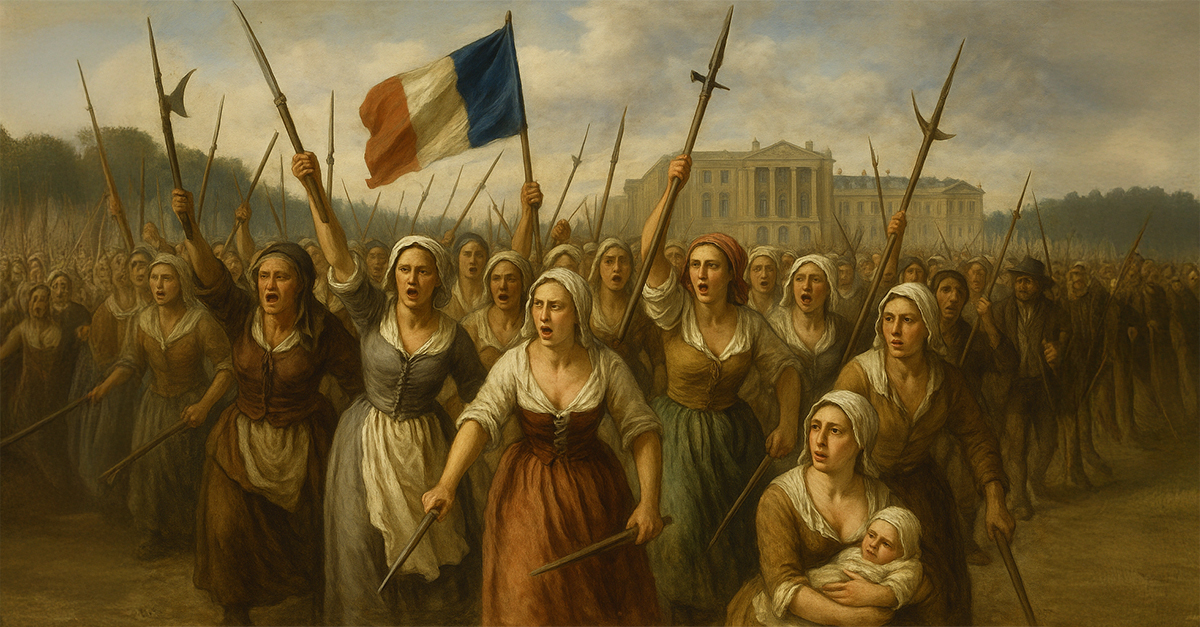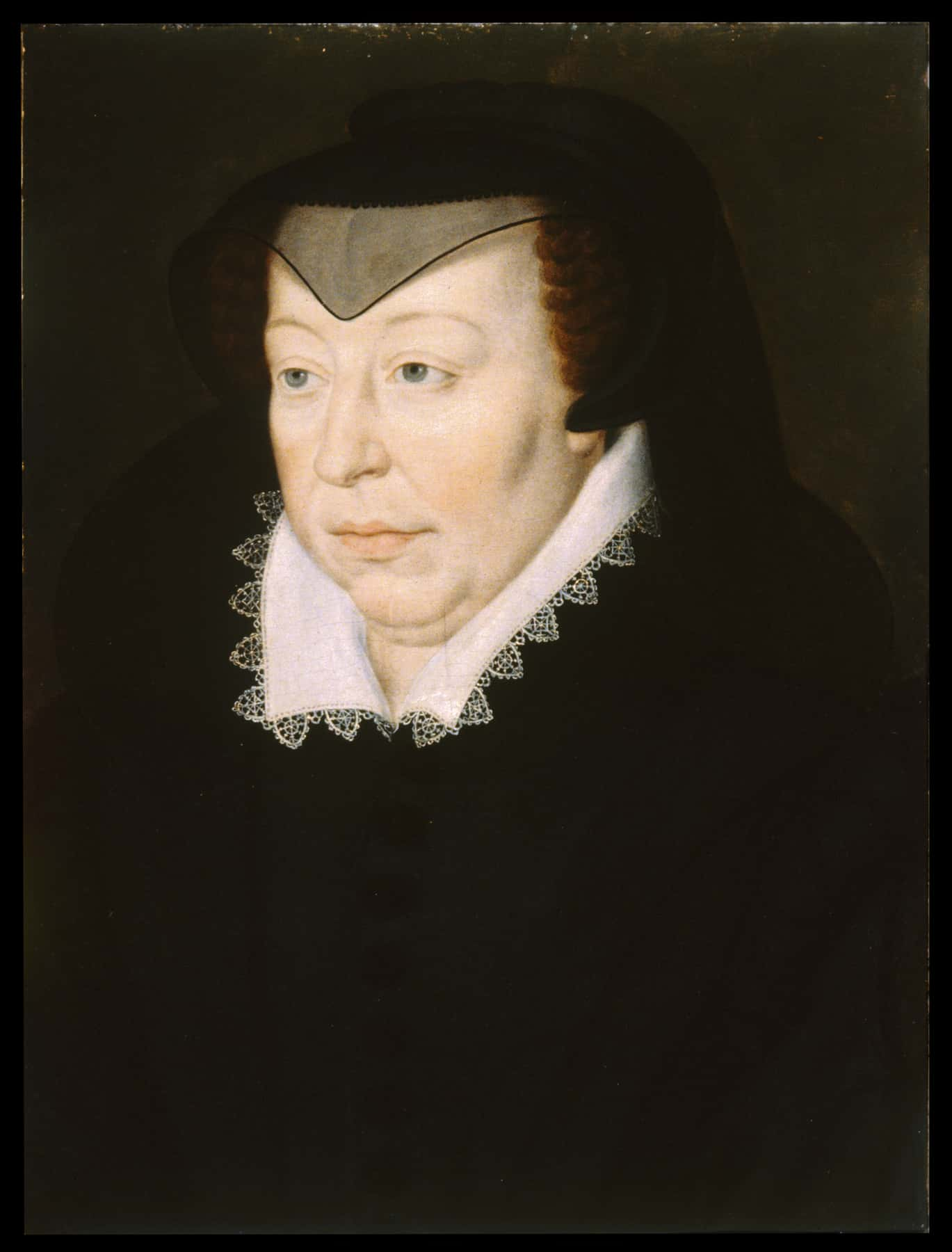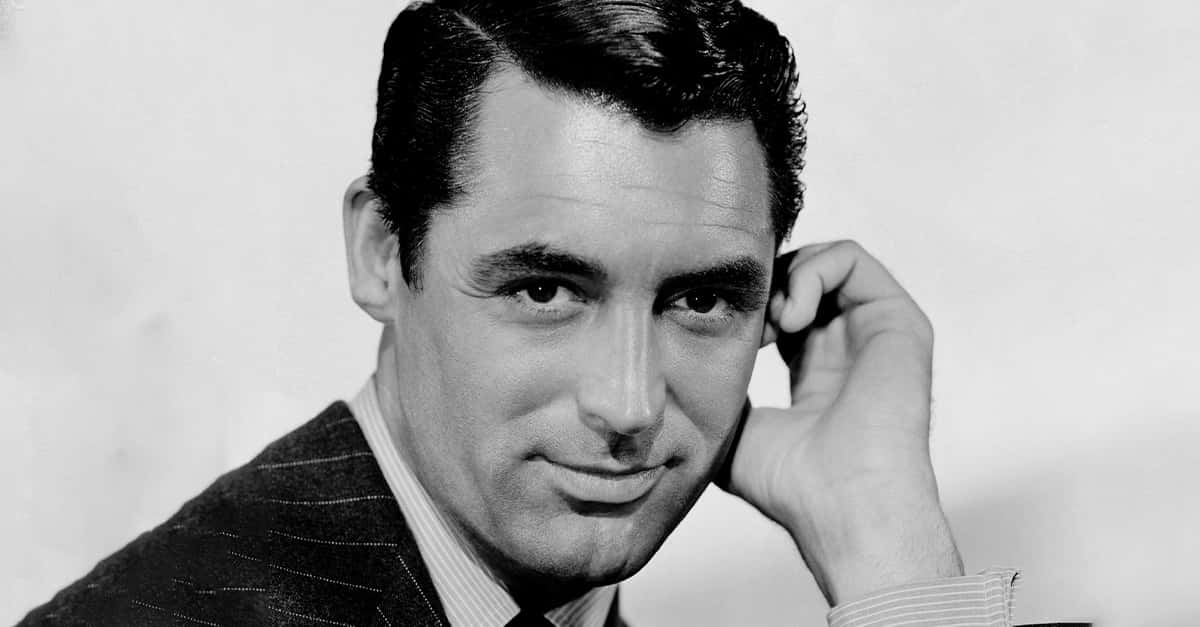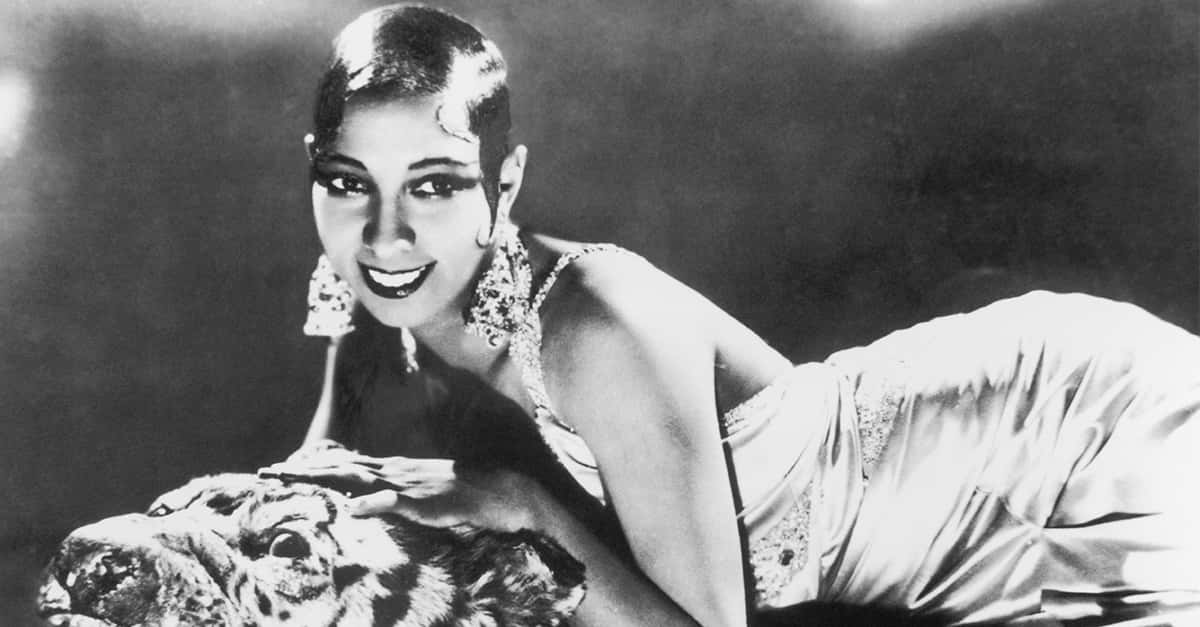The Women’s March on Versailles was one of the most dramatic moments of the French Revolution. It was a bold and desperate act driven by hunger, anger, and a burning desire for justice. The pivotal event forced King Louis XVI to realize the power of the people at a turning point in the fight for liberty and equality.
The Seeds Of Discontent
By 1789, France was in an uproar. The country faced severe food shortages, skyrocketing bread prices, and out-of-control unemployment. Poor harvests in 1788 had wrecked the rural economy. The government’s debt was spiralling because of lavish royal spending and involvement in the American Revolutionary War. The kingdom was fast approaching the brink of bankruptcy.
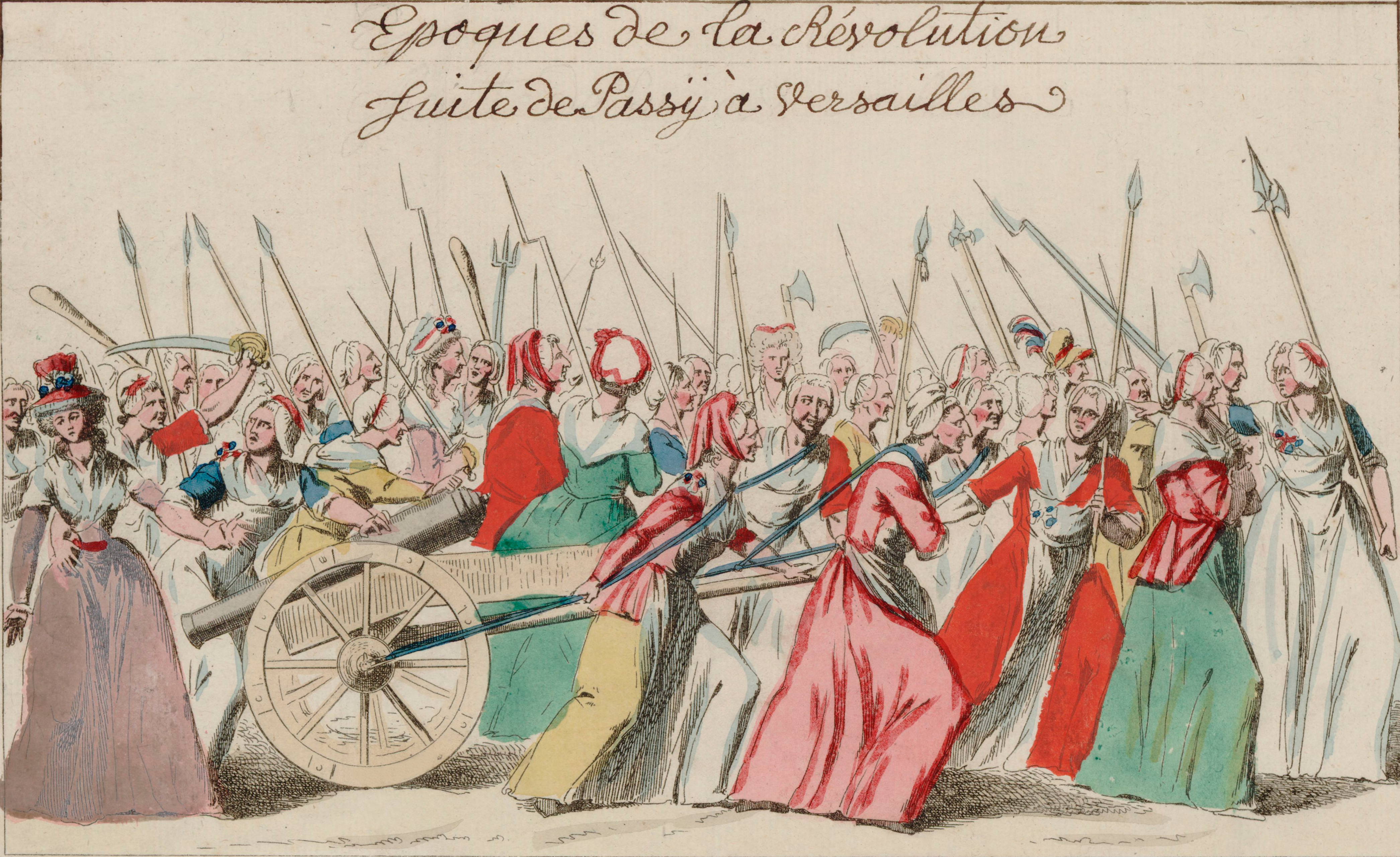 Unknown authorUnknown author; restored by Adam Cuerden, Wikimedia Commons
Unknown authorUnknown author; restored by Adam Cuerden, Wikimedia Commons
Bread – The Spark That Lit The Fire
For many of the Parisian women who led the march, the trigger was bread scarcity. Bread was a staple of the French diet, but it had become unaffordable. As frustration mounted, rumors spread that Marie Antoinette and the royal court at Versailles continued to feast while the people starved. This rumored indifference fueled the rage that erupted on October 5, 1789.
The March Begins
That morning, a crowd of working-class women gathered at City Hall in Paris. Armed with pitchforks, pikes, and kitchen knives, and banging drums and church bells, the women began the 12-mile march to Versailles. Their numbers swelled to thousands as they marched, joined by sympathetic National Guardsmen led by the revolutionary hero Lafayette.
Confronting The King
When the women reached Versailles, they demanded bread and political reforms. They forced their way into the palace, some even entering the Queen’s chambers, where Marie Antoinette narrowly escaped through a back corridor. The chaos resulted in several deaths, but the message was clear: the people would no longer be ignored.
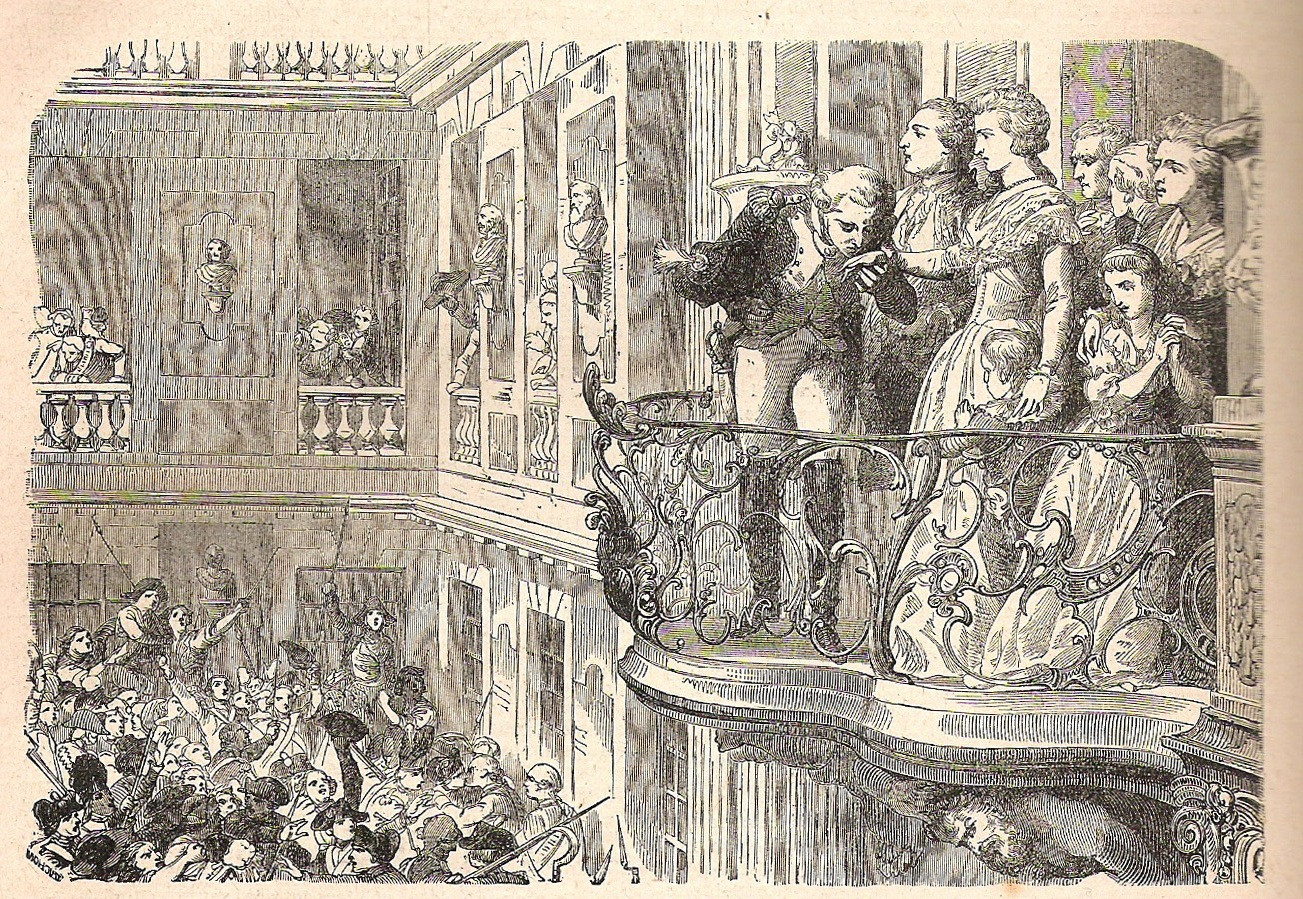 AnonymousUnknown author, Wikimedia Commons
AnonymousUnknown author, Wikimedia Commons
The King’s Reluctant Concession
Faced with a determined mob, King Louis XVI reluctantly agreed to move his court from Versailles to Paris, effectively becoming a prisoner of his people. The next morning, the king, the queen, and their entourage were escorted back to Paris by the crowd, now numbering tens of thousands, with the severed heads of royal guards paraded on pikes.
The Aftermath And Long-Term Effects
The march changed the course of the French Revolution. It saw the end of the king’s absolute power and brought the monarchy physically closer to the revolutionary fervor of Paris. The National Assembly soon followed the king to the capital, ensuring that revolutionary legislation would be passed more rapidly.
The Beginning Of The End For The Monarchy
The move to Paris effectively ended the political isolation of the monarchy. It forced Louis XVI to acknowledge the demands of the people and placed him under the watchful eyes of revolutionary forces. Over the next few years, this proximity contributed to the radicalization of the revolution, ultimately leading to the king’s execution in 1793.
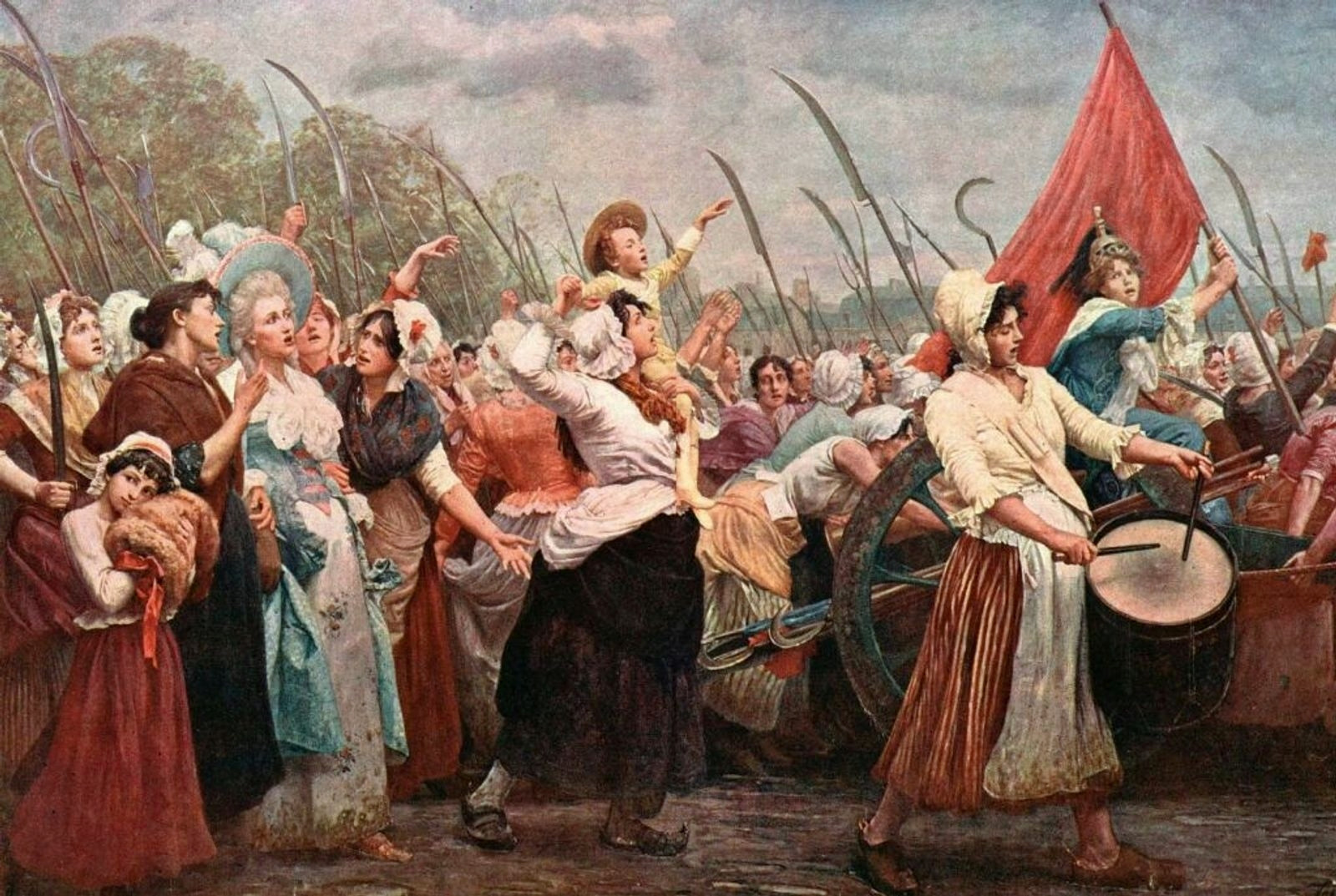 Valentine Cameron Prinsep, Wikimedia Commons
Valentine Cameron Prinsep, Wikimedia Commons
A Milestone In Women’s Political Activism
The Women’s March on Versailles also highlighted the political power of women in a male-dominated society. The French Revolution ultimately failed to deliver full political rights to women, but the march showed their potential for collective action, setting the stage for future women’s movements.
A Defining Moment In French History
The Women’s March on Versailles was a protest for bread that turned into a serious blow to the French monarchy. It was a crucial step in the path toward democracy, showing that the common people would no longer be ignored.
You May Also Like:
Decadent Facts About The French Monarchy

